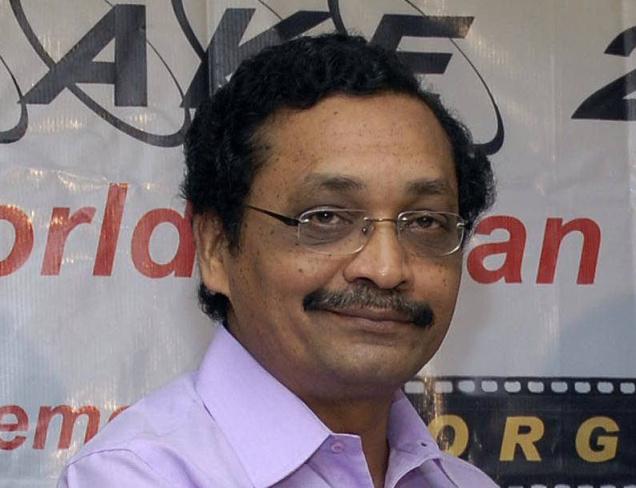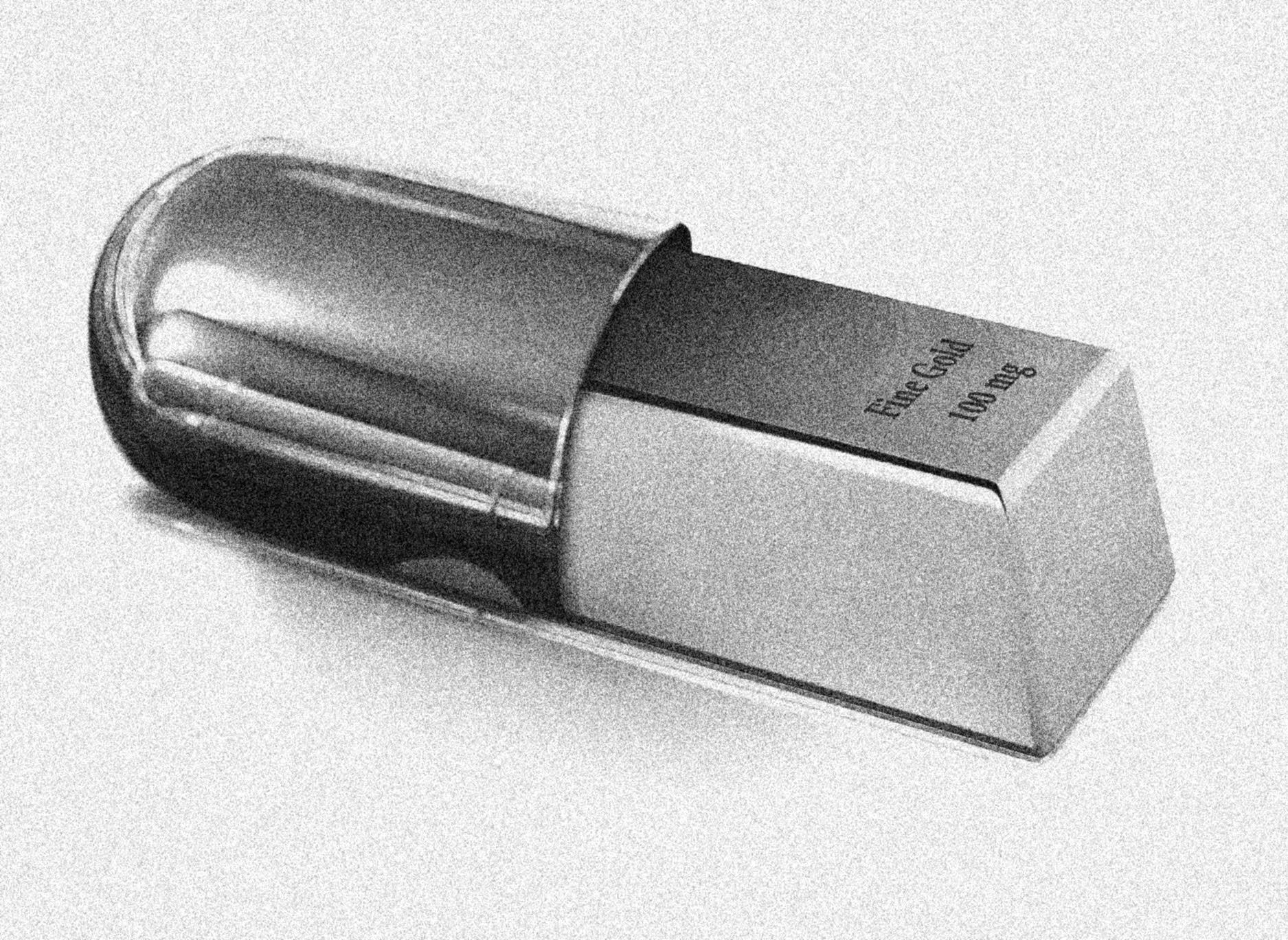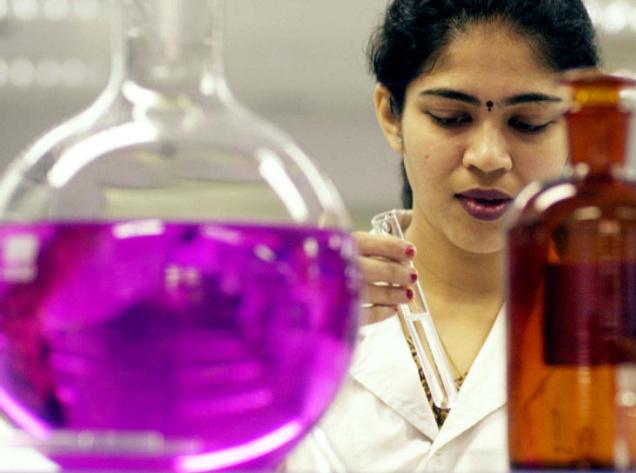
Every day, millions of people are taking medications that will not help them. The top ten highest-grossing drugs in the United States help between 1 in 25 and 1 in 4 of the people who take them (see ‘Imprecision medicine’). For some drugs, such as statins — routinely used to lower cholesterol — as few as 1 in 50 may benefit. There are even drugs that are harmful to certain ethnic groups because of the bias towards white Western participants in classical clinical trials.
Read more – Nature News & Comment
April 29, 2015 | Greg

The R&D innovators at Evotec have signed a deal to lend their drug discovery muscle to U.K. biotech C4X Discovery, hoping to develop selective drugs that can combat addiction without druggy side effects.
Under the agreement, Evotec will apply its discovery platform–which includes a sizable molecule database and screening technology to crawl it–and help C4XD get moving on drugs that block the body’s orexin neurotransmitters.
Read more – FierceCRO
January 20, 2015 | Greg

India’s state of Himachal Pradesh, known as Asia’s pharmaceutical hub, is taking steps to make its bulk-drug industry more attractive to foreign and other investors, but finds attempting to do so a hard slog. The action, and that of other states, is considered key to reducing India’s reliance on imports of active pharmaceutical ingredients (APIs), mainly from China.
Read more – FiercePharma
January 20, 2015 | Greg
The biotechnology industry tends to be overshadowed by the razzle-dazzle of high-tech companies like Apple, Facebook and Google, particularly in the Bay Area.
Now, though, the biotech business is experiencing an almost unprecedented boom of its own. Money is flowing into the industry as never before. Stock prices are high, and drug approvals are up. And perhaps most important, some of the new drugs represent major advances against diseases like cancer, hepatitis C and cystic fibrosis.
Read more – NYTimes.com
January 20, 2015 | Greg

India needs to create a conducive atmosphere for production of bulk drugs to cut dependence on imports from China, a senior government official said in New Delhi on Tuesday.
“We need to create a conducive atmosphere for bulk drugs in the country. We have to reduce our dependence on China for bulk drugs,” Pharmaceuticals Secretary V.K. Subburaj said.
Read more – The Hindu
January 20, 2015 | Greg
The epicenter of the U.S. biotechnology business is just north of San Francisco International Airport, on a few dozen isolated acres wedged between U.S. 101 and San Francisco Bay. Unless there’s a good reason to visit one of the companies here—Genentech, for instance, or Amgen—you might write off the neighborhood as an especially dull office park. There are no upscale stores or open-air cafés; no Uber drivers circling around; no hoodie-clad twentysomethings hauling day packs. Here, one quiet avenue leads to another, lined with sleek glass buildings that get buzzed by low-flying jets and rattled by breezes whipping off the bay. But within a quarter-mile radius, hundreds of the world’s leading scientists are pushing the envelope of medicine, vying to create novel cures for disease. Some of them, in fact, work beyond the vanguard—in areas of drug development so new they don’t yet have a proper name.
Read more – Fast Company
January 14, 2015 | Greg

ELI LILLY charges more than $13,000 a month for Cyramza, the newest drug to treat stomach cancer. The latest medicine for lung cancer, Novartis’s Zykadia, costs almost $14,000 a month. Amgen’s Blincyto, for leukemia, will cost $64,000 a month.
Read more – NYTimes.com
January 14, 2015 | Greg
On Tuesday, 13th January 2015, the (Indian) Patent Office rejected Gilead’s attempt to patent Hepatitis C drug, sofosbuvir (brand name: Sovaldi). The application had earlier been opposed through 2 pre-grant oppositions – by generic pharmaceutical company Natco, and as well as by non-profit group I-MAK. While this is certainly good news for the 18 million Hepatitis C patients in India, it does throw up some very interesting questions vis-a-vis the Indian pharmaceutical landscape.
Read more – Spicy IP
January 14, 2015 | Greg

This week, much of the biotech investing world is in San Francisco for the annual J.P. Morgan Healthcare Conference. Old timers like me — I’ve attended nearly every year since 1998 — remember the infinitely more manageable Hambrecht & Quist conference, still quaintly known as H&Q. (The financial behemoth, then known as Chase Manhattan, acquired H&Q in late 1999 and the meeting has since grown more chaotic every year.) Now the confab overflows every available space in and around the venerable Westin St. Francis hotel, as hundreds of company executives try to convince investors they’ve got the next mega-blockbuster drug or paradigm-shifting idea. Although it’s enormously exhausting and by the second day I’m always telling myself it will be my last year, it’s also a great time to take stock of both sentiment and reality in the healthcare world.
Read more – Forbes
January 14, 2015 | Greg
India’s patent office has rejected an application from U.S.-based Gilead Sciences Inc for its hepatitis C drug Sovaldi, paving the way for local drugmakers to launch cheaper generic versions of the $1,000-a-pill medicine.
Read more – Reuters
January 14, 2015 | Greg

One of the most promising new treatments for Alzheimer’s disease may already be in your kitchen. Curcumin, a natural product found in the spice turmeric, has been used by many Asian cultures for centuries, and a new study indicates a close chemical analog of curcumin has properties that may make it useful as a treatment for the brain disease.
Read more – Biospace.com
January 13, 2015 | Greg
The U.S. Food and Drug Administration launched an initiative on Monday aimed at reducing lapses in quality control at pharmaceutical manufacturing facilities.
Dr. Janet Woodcock, head of the FDA’s pharmaceuticals division, said at a news conference that the project, some 10 years in the making, is designed to establish consistent quality standards for all drugs, whether brand name or generic.
Read more – Reuters
January 13, 2015 | Greg

Last year, as tensions grew between the U.S. and India over plants the FDA had banned, the head of the FDA’s operation in India said that the agency would start inviting Indian drug inspectors along on plant inspections. The idea was to allow them to learn what the U.S. expected from manufacturers. Now the Indian government is insisting on it.
Read more – FiercePharma Manufacturing
January 12, 2015 | Greg

These are boom times for biotechnology.
Forty-one new drugs were approved for US sale in 2014, the biggest number in 18 years. A record 63 biotech startups went public, breaking the 1999 record of 52 initial public offerings. The value of biopharma merger deals nearly tripled to $223 billion from a year earlier.
Read more – The Boston Globe
January 12, 2015 | Greg

From clarity on medicines that combine two or more drugs, to initiatives that boost bulk drug manufacturing or pharmaceutical clusters — a slew of (Indian) Government directives are expected shortly, top government officials said.
And this, even as the Government targets the forthcoming Budget session of Parliament to introduce the Drugs and Cosmetics (Amendment) Bill, 2015.
Read more – The Hindu Business Line
January 12, 2015 | Greg









